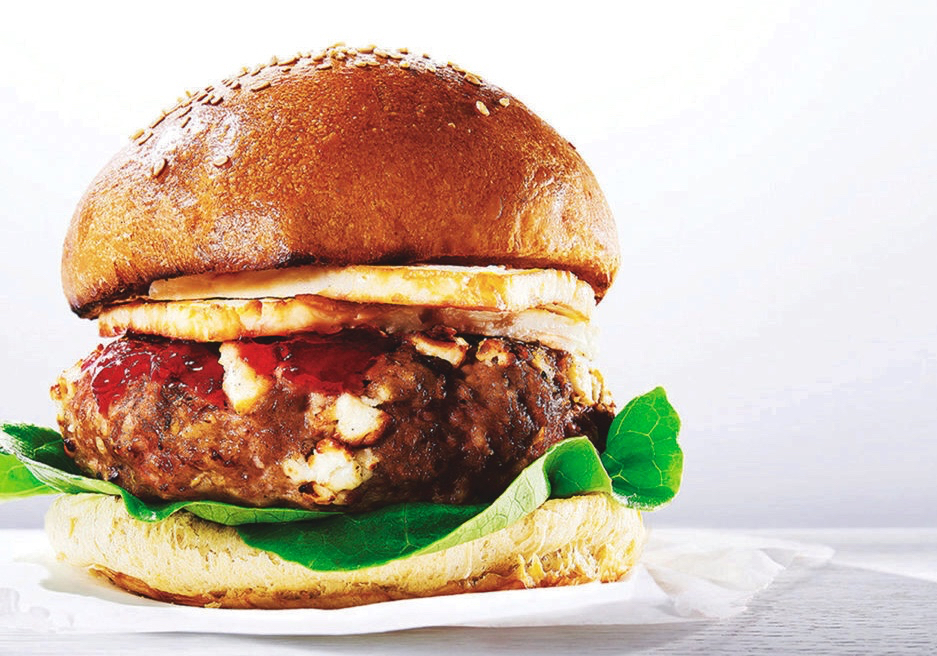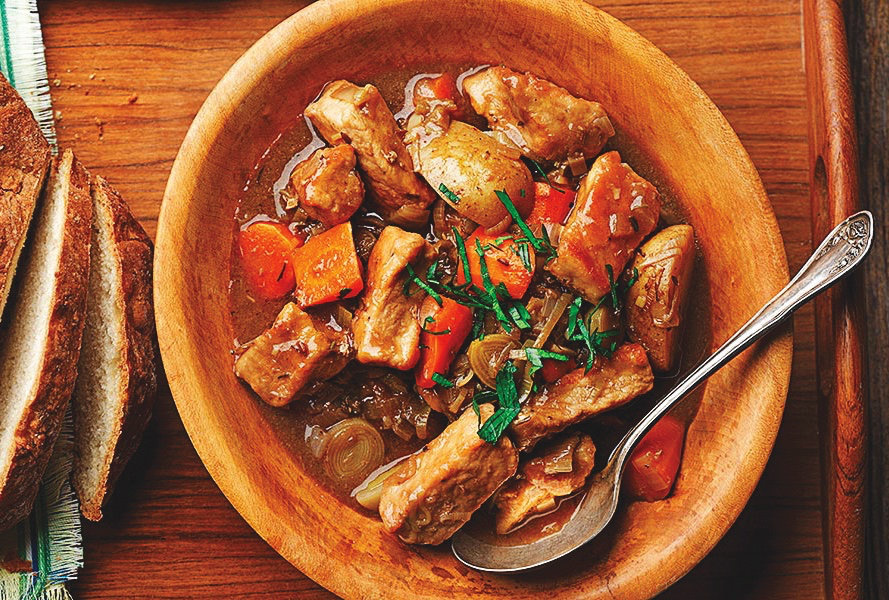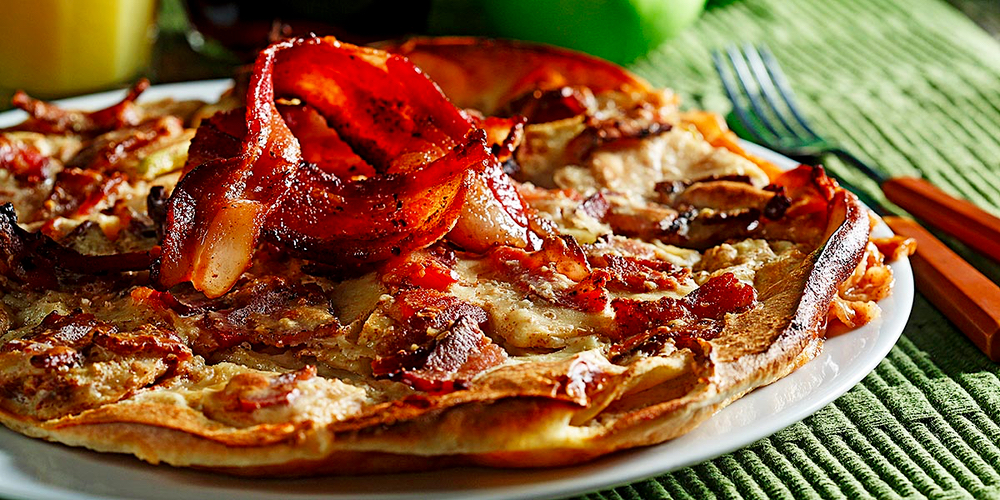Born in 1939 in a remote community on Vancouver Island, Richard Atleo’s earliest food memories are of villagers eating feasts of salmon and seafood, foraged berries and gathered plant roots he can recall were “piled as high as a house.”
Food at home was in stark contrast to the white bread, potatoes with a little bit of meat that was served at residential school, where this young son of a West Coast whaling chief was sent alongside tens of thousands of other Aboriginal children in the last century.
Read Also

Cooking fish of Manitoba: Keep your catch fresh and tasty for the table
Fishing in Manitoba provides mouthwatering meals, assuming anglers handle, process and cook their fish properly before sitting down to eat. Here’s how, with recipes and fish preparation tips.
Alteo, today the research liaison at the University of Manitoba and an associate adjunct professor at University of Victoria in B. C., suffered poor health right into adulthood. He was often ill and his nickname became “cold chicken” for his frequent complaints about feeling cold.
Then, as an adult, he began eating his traditional diet again. Today his daily meals always include the fish of his ancestral diet plus a variety of the fruits and vegetables.
Atleo told a national food science summit of the Canadian Institute of Food Science and Technology in Winnipeg recently he’s still astonished at what the return to this way of eating did for his health. From those first few bites of sockeye salmon, his health began to improve.
“I have not gotten sick once since, without exaggeration,” he said. “And I am no longer a ‘cold chicken.’ I even enjoy a cold winter in Winnipeg.”
Alteo’s talk was among more than 75 presentations made during the recent five-day meeting of the Canadian Institute of Food Science and Technology in Winnipeg. Delegates from across a broad spectrum of food and agri-food disciplines shared updates on food safety, emerging technologies, and functional foods and nutraceuticals and other food-related issues.
His presentation was during a session devoted to the traditional diets of Canada’s First Nations people, and these diets’ potential to mitigate the high rates of obesity and Type 2 diabetes now rampant among Aboriginal populations.
BRAN, BISON AND BLUEBERRY
“The high-sugar, low-fibre diet that’s far too common amongst Aboriginals is slowing killing our people,” said Rod Bruinooge, MP for Winnipeg South, who also spoke candidly during the morning session about his own family’s history of diabetes, his personal struggles to lose weight and the marked improvement in his own health when he returned to a traditional diet. He lost 60 pounds after adopting a diet he’s since dubbed his “bran, bison and blueberry diet.”
Fifty years ago, Type 2 diabetes was almost unknown in Aboriginal communities. Today the rate of the disease among First Nations is now three times the national average and it is showing up more often in younger and younger people.
Manitoba has the highest incidence of Type 2 diabetes among children in Canada and most of the affected youth have Aboriginal heritage. Persons of Aboriginal heritage experience unique gene-environmental interactions that contribute to their risk of developing the disease.
But with diet able to help prevent, manage or even delay onset, there is now growing interest in eating more traditional aboriginal diets, which are typically higher in fat and protein from animal and fish sources.
BIG FAT DIET
That’s where Dr. Jay Wortman, the senior medical adviser for the First Nations and Inuit Health Branch of Health Canada and a Vancouver-based doctor, weighs in.
Wortman’s observations of the health benefits he’s seen among Aboriginal persons who adopt traditional diets are coined in an argument he calls “my big fat diet.” He’s concluded that the real culprit in their modern diet is refi ned carbohydrates. Traditional diets were high in fat, not starch and sugar.
“When you look at traditional diets anywhere in the country you don’t have to go too far before you find the central staple fat in the diet,” said Wortman in a presentation to the CIFST. “In the North, people had bear fat and moose fat, rendered from those animals, the Inuit, whale fat carried around in hide bags. Plains people were famous for their pemmican. On the East Coast the Innu rendered caribou fat.”
And people were healthy. Europeans’ recorded observations of first contact with North American Aboriginal people were of populations virtually disease free, and an exceedingly healthy and robust people. There was none of the obesity and Type 2 diabetes commonly seen today.
Wortman says the high-fat, traditional dietary approach among North American Aboriginal populations is a challenge to long-held beliefs in the role of dietary fat in the propagation of the current epidemics of chronic disease.
“I think we’ve got it wrong,” he says, noting that the general populations’ own rising rates of obesity and Type 2 diabetes over the past three decades also coincide with rising carbohydrate consumption, not fat.
Additionally challenging nutritional convention, says Wortman, are a number of recent studies in generalized populations demonstrating that low-carbohydrate high-fat diets, resembling traditional aboriginal diets, can safely reverse the signs and symptoms of obesity, metabolic syndrome and Type 2 diabetes.
“I’ve become convinced that we were actually meant to eat a lot of fat, even saturated fat,” he said. “And that in the context of a low-carb intake the evidence is quite clear now that eating that kind of fat not only does not harm us, but can actually mitigate these problems that are associated with this spectrum of diseases.”
Wortman said he also expects to see consumer demand in relation to fat swinging back to a desire for fattier cuts of meat, as natural sources of dietary fat are vindicated by research.
Likewise, as understanding of what kinds of dietary fat we should be eating improves, he sees new opportunities arising for the oilseed industry.
“From what we have learned from studying the fats that were valued in the traditional diets, we feel we are close to an understanding of what those oils should look like. I think it would be fascinating to develop GMO grains to produce ‘designer’ fats reflecting the fatty acid profi le most desired by the human physiology.”



















